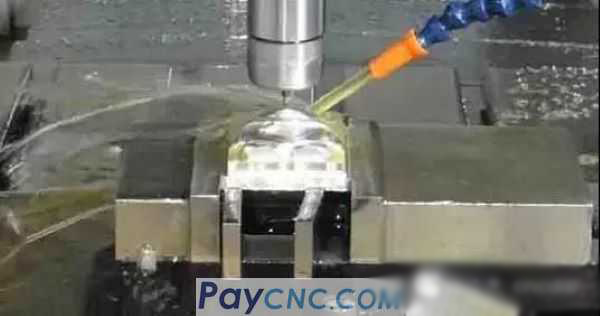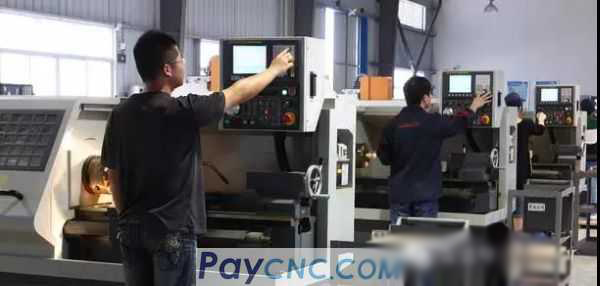 1. The speed of the white steel knife should not be too fast. To
2. For copper workers, use white steel knives less frequently, and more use flying knives or alloy knives. To
3. When the workpiece is too high, you should use different length cutters to cut the thickness. To
4. After roughing with a big knife, use a small knife to remove the remaining material to ensure that the remaining amount is consistent. To
5. Flat-bottomed knives are used for plane machining, and ball knives are less used to reduce machining time. To
6. When the copper worker cleans the corner, first check the size of the R on the corner, and then determine the size of the ball knife to use. To
7. The four corners of the calibration plane should be flat. To
8. Where the inclination is an integer, use an inclination knife to process, such as pipe position. To
9. Before doing each process, think clearly about the margin left after the previous process is processed to avoid empty cutters or excessive processing. To
10. Try to take simple toolpaths, such as shape, grooving, single-sided, and less surrounding height. To
11. When walking WCUT, if you can go FINISH, don't go ROUGH. To
12. When the shape of the light knife is rough, polish it first, then polish it. When the workpiece is too high, polish the edge first, then polish the bottom. To
13. Set tolerances reasonably to balance processing accuracy and computer calculation time. When roughing, the tolerance is set to 1/5 of the margin, and for light knife, the tolerance is set to 0.01. To
14. Do more procedures to reduce the time of empty knife. Do more thinking to reduce the chance of error. Do more auxiliary lines to improve the processing conditions. To
15. Establish a sense of responsibility and carefully check each parameter to avoid rework. To
16. Diligent in learning, good at thinking, and continuous improvement.

For non-planar milling, use ball cutters more, use end cutters less, and don't be afraid of receiving cutters;
Clear the corners with a small knife and finely repair the big knife;
Don't be afraid of making up the noodles. Proper noodle making can increase the processing speed and beautify the processing effect.
The rough material has high hardness: up-milling is better
The rough material has low hardness: down milling is better
The machine tool has good precision, good rigidity, and finishing: more suitable for down milling, and vice versa.
Climbing milling is strongly recommended for finishing of inner corners of parts. To
Rough machining: up-milling is better, finishing: down milling is better
Tool material has good toughness and low hardness: more suitable for rough machining (large cutting amount machining)
The tool material has poor toughness and high hardness: more suitable for finishing (small cutting amount processing)
|
 |
| Products Catalogue | Home | About Us | Retrofit | Download | News | Tech Support | Contact Us | |
|
|
|
